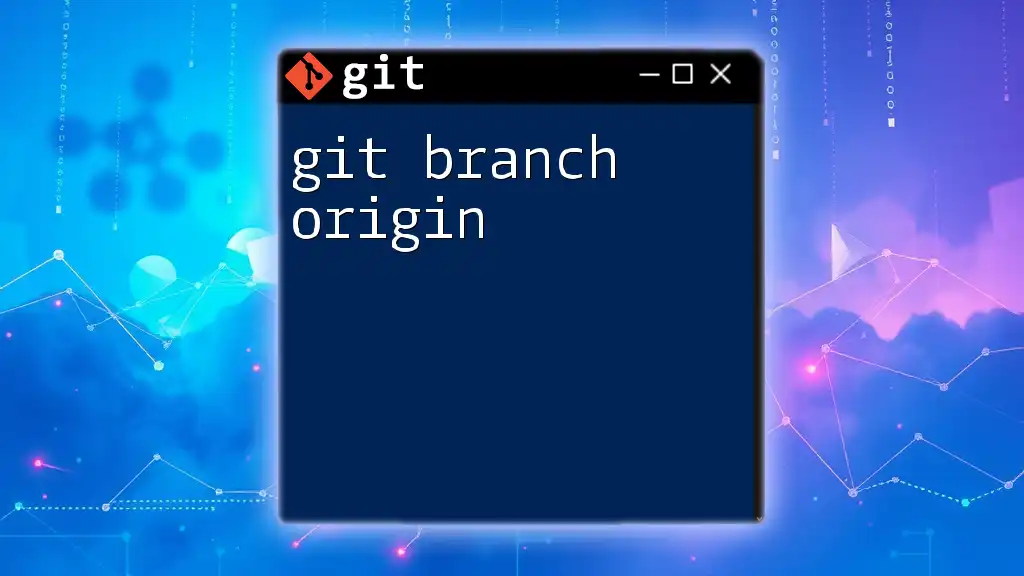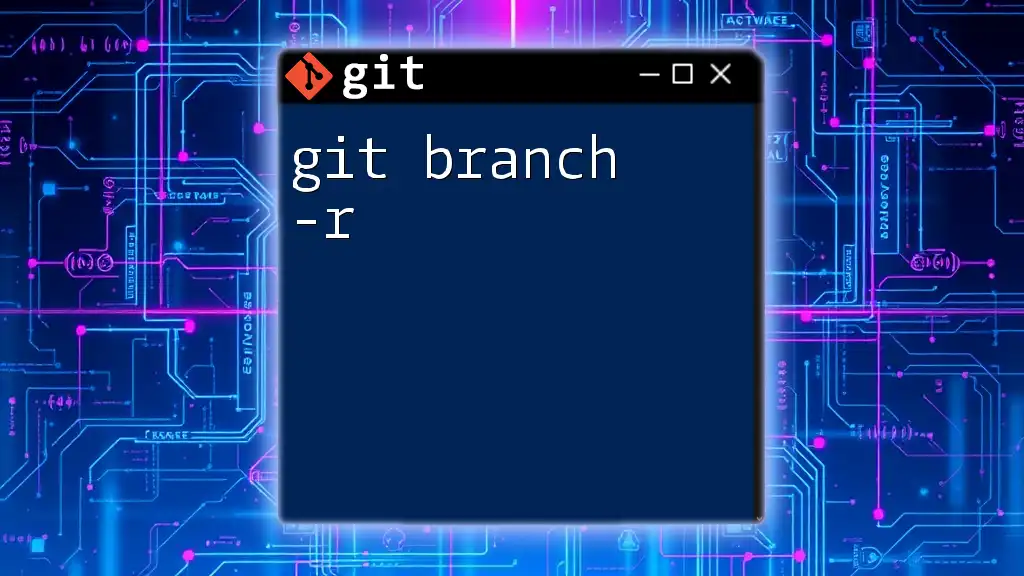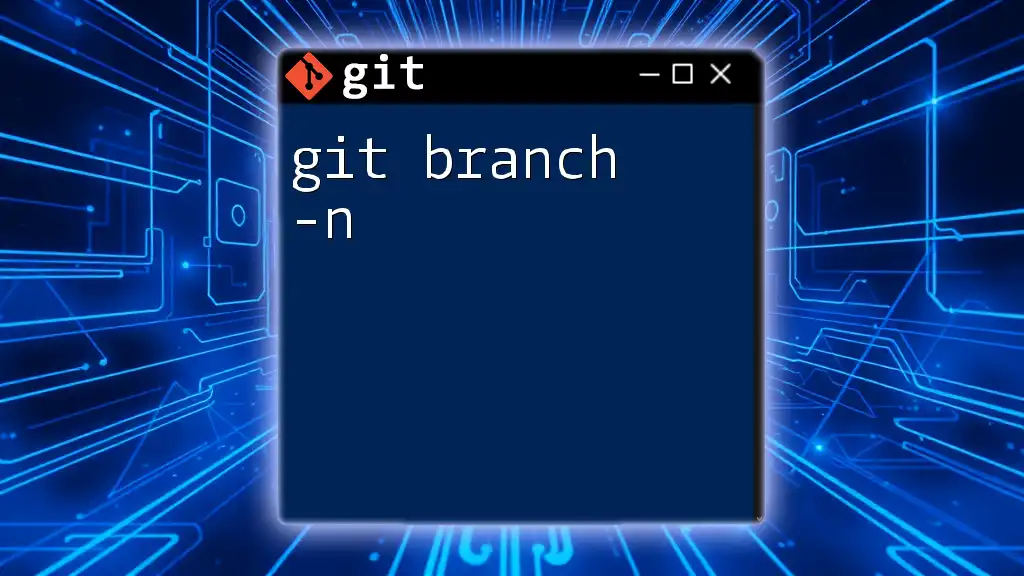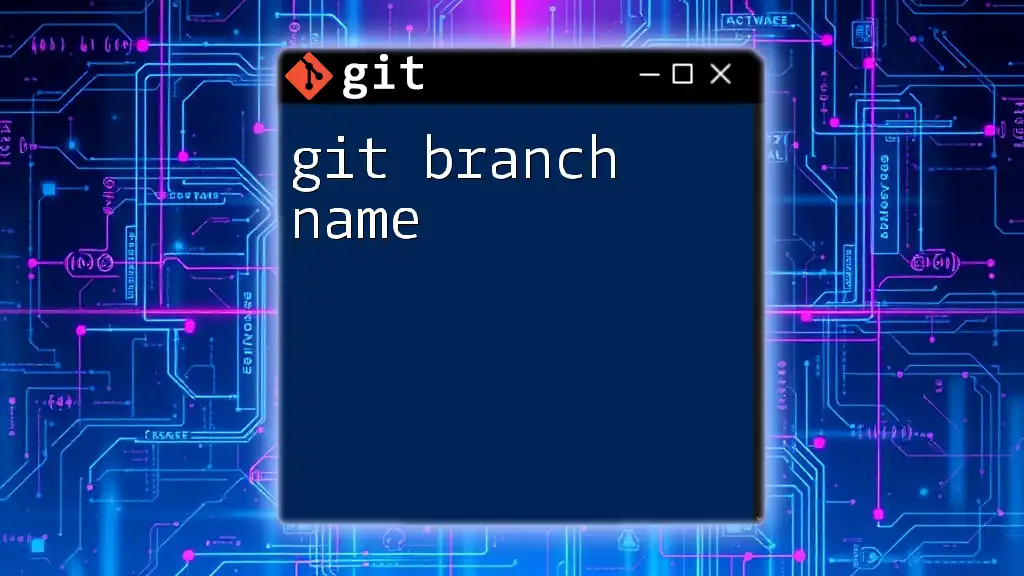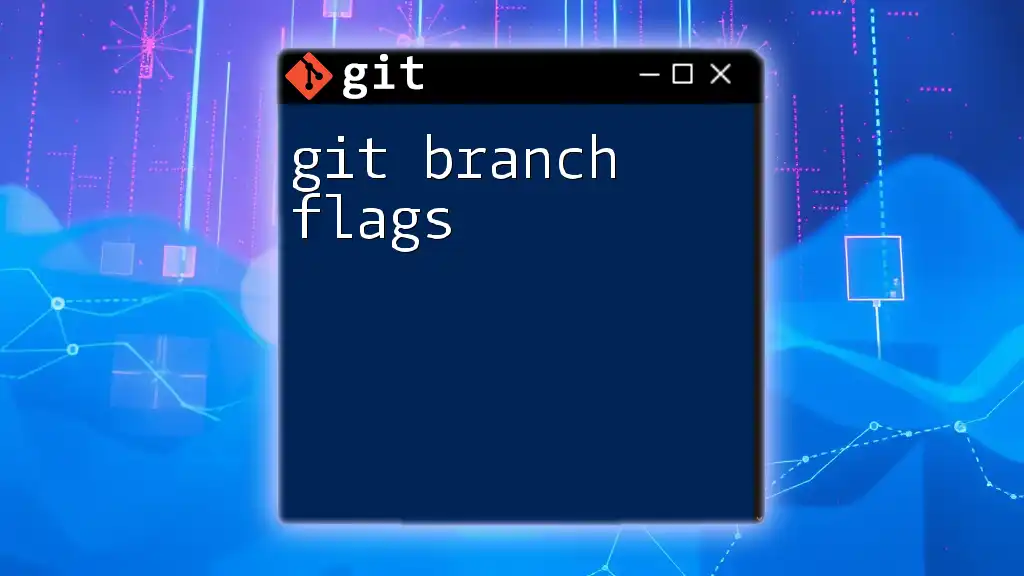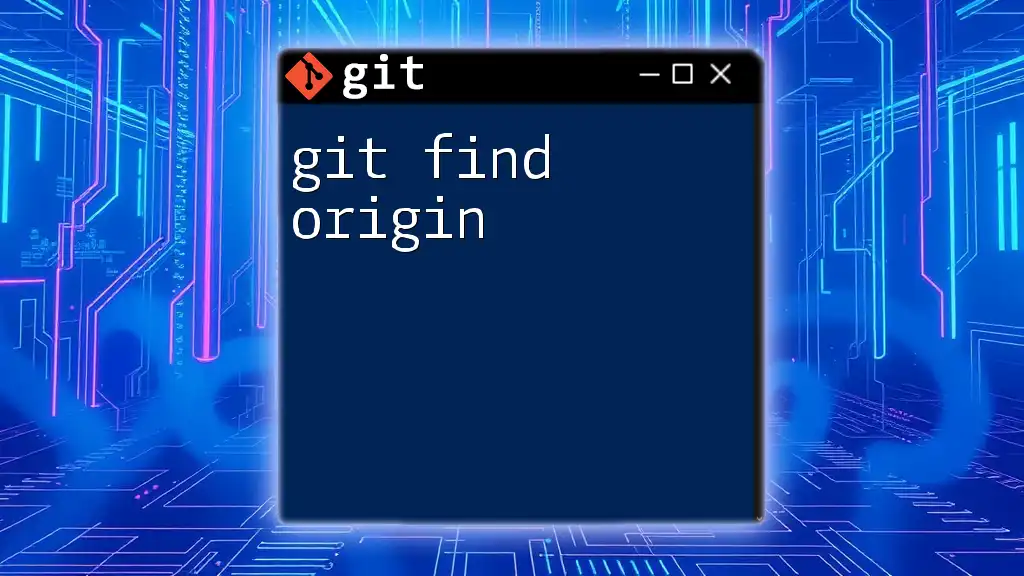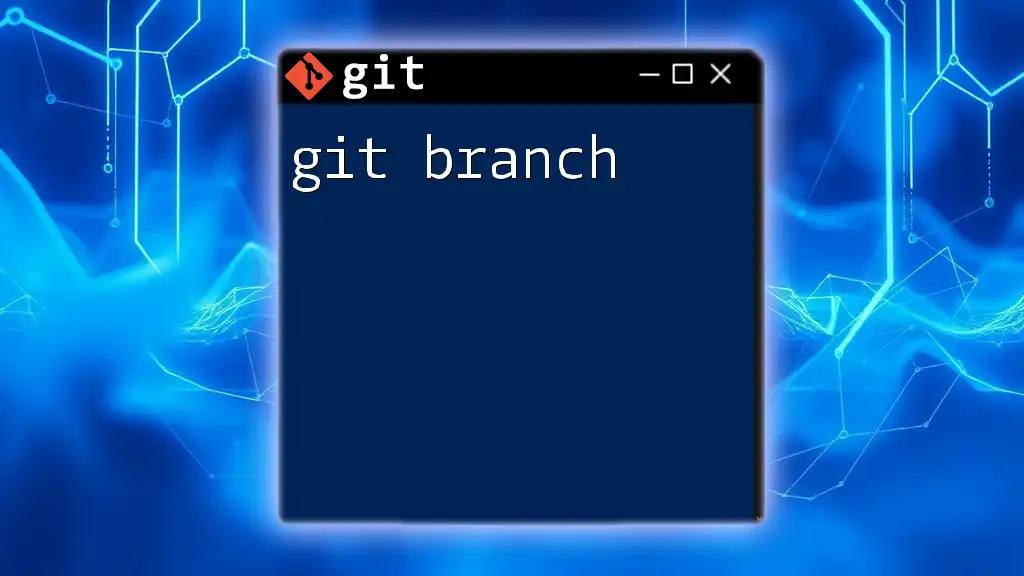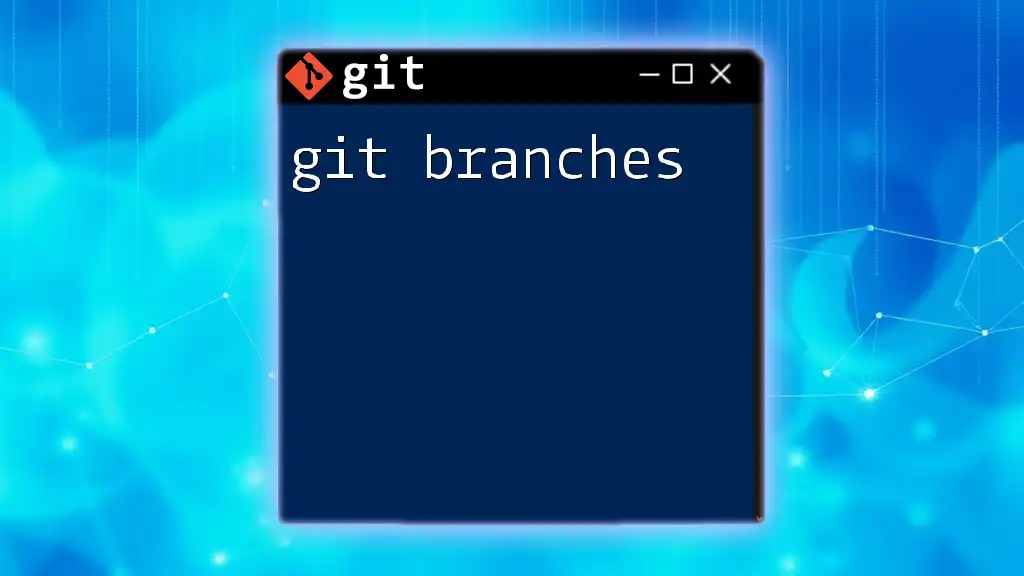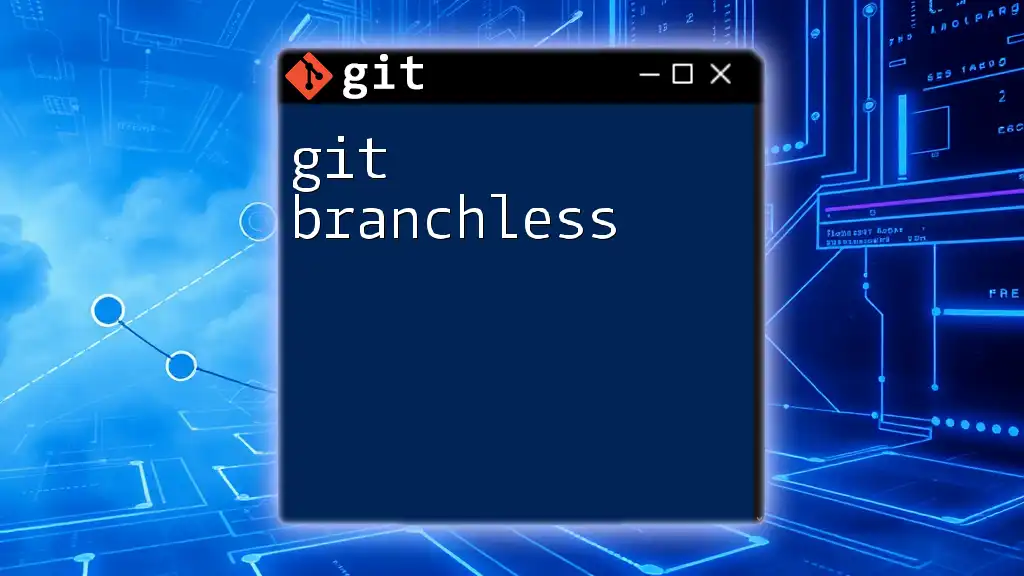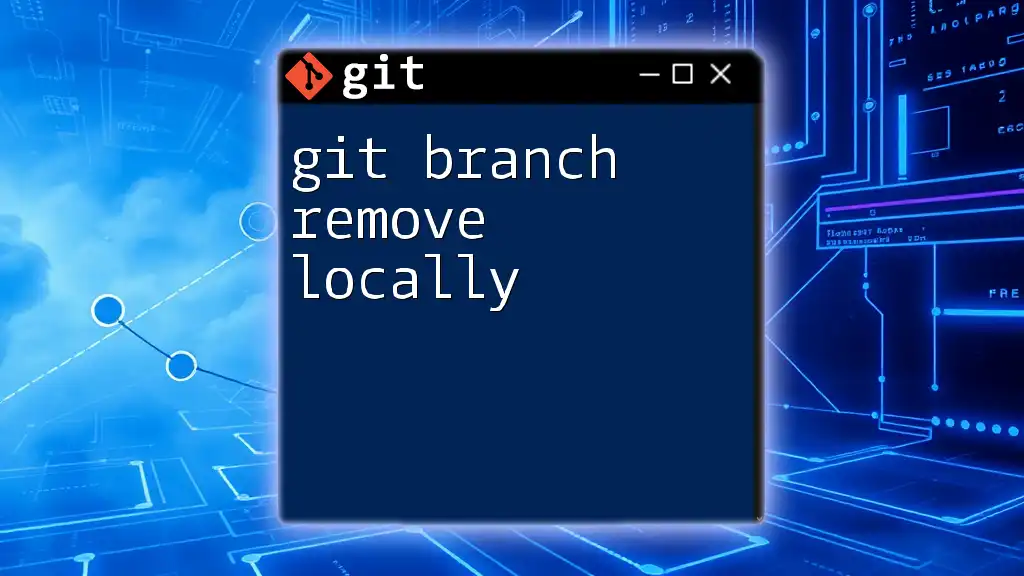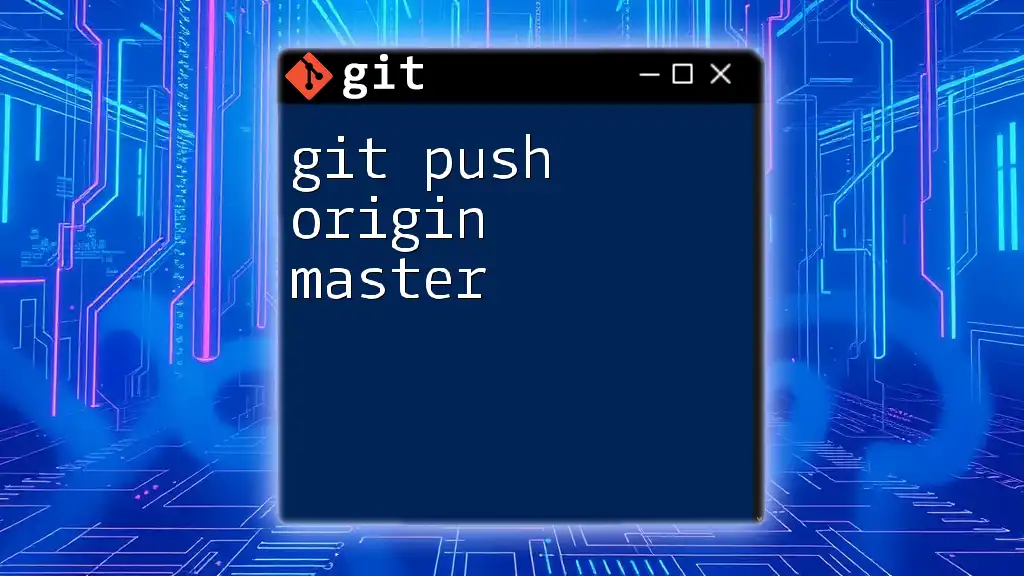The `git branch origin` command refers to listing or managing branches that track remote branches from the 'origin' remote repository, allowing you to see the branches available on the remote instead of just local branches.
git branch -r
What is a Git Branch?
A Git branch is a separate line of development that allows you to create a working version of your project without affecting the main codebase (usually referred to as the main or master branch). Branches enable developers to work on features, bug fixes, or experiments in isolation, making it easier to manage changes and integrate them back into the main project.
Types of Git Branches
In Git, branches can be categorized into several types:
-
Main/Master Branch: This is the default branch where the stable code resides. All other branches stem from here, making it the backbone of your repository.
-
Feature Branch: Created to develop specific features. It allows developers to work on new functionalities without disrupting the main codebase.
-
Hotfix Branch: Used for urgent fixes that need to be deployed quickly to production without waiting for the next release cycle.
Understanding these branch types helps in maintaining order and legibility in your projects, especially during collaboration.
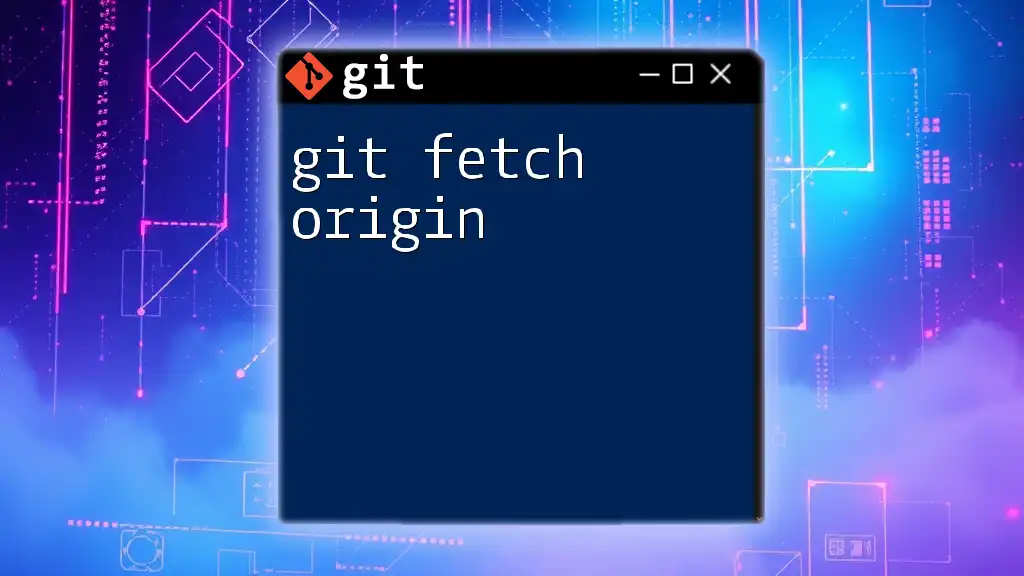
Understanding "origin" in Git
What Does "origin" Mean?
In Git, origin is the name given to the default remote repository where your project is hosted. When you clone a repository, Git automatically names the remote as origin. This convenient shorthand allows you to interact with the repository without remembering the full URL each time.
The Role of "origin" in Collaboration
The origin serves a critical role in collaborative projects. It enables developers to pull changes made by others, share their own work, and keep track of what’s happening in the project. Several commands are associated with origin, allowing you to interact and synchronize your local repository with the remote.
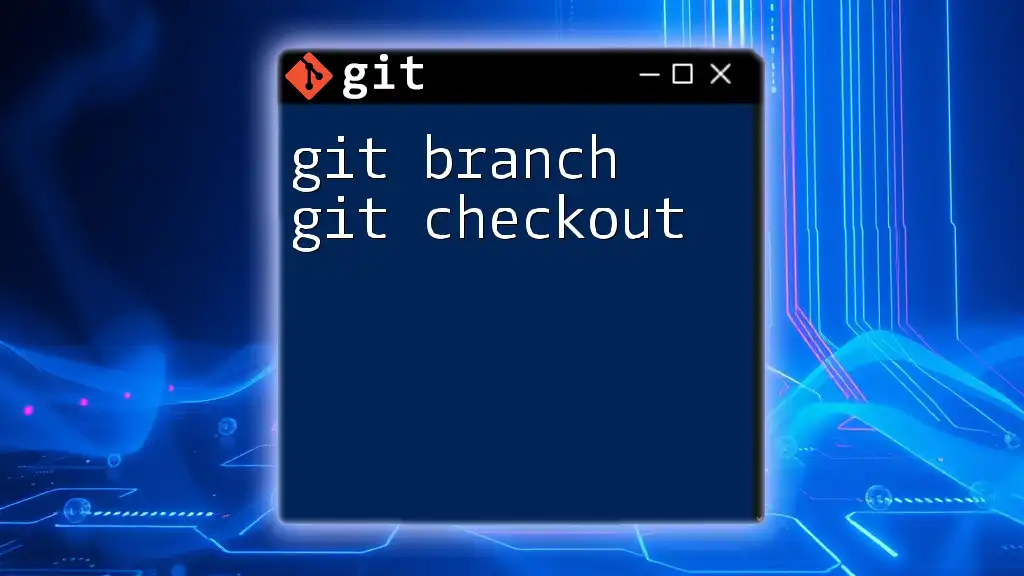
Working with Remote Branches
Listing Remote Branches
To view all branches available in origin, you can use the following command:
git branch -r
This command lists all branches hosted on the remote repository, allowing you to see what exists beyond your local workspace. Understanding the output aids in knowing which branches you can work with, depending on your current tasks.
Fetching Changes from Remote
To keep your local repository up-to-date with the origin, you need to fetch changes:
git fetch origin
This command retrieves new commits from the remote repository but does not merge them into your current branch. It’s essential to understand that while `fetch` updates your local copy of the repository, any changes in terms of updated files will only be recognized after merging.
Viewing Status of Remote Branches
To check the status of your local branch relative to the origin, you can simply run:
git status
This command provides critical information, letting you know whether your local branch is ahead or behind its remote counterpart. By identifying whether you need to pull new commits or push your changes, this command helps maintain the workflow's efficiency.
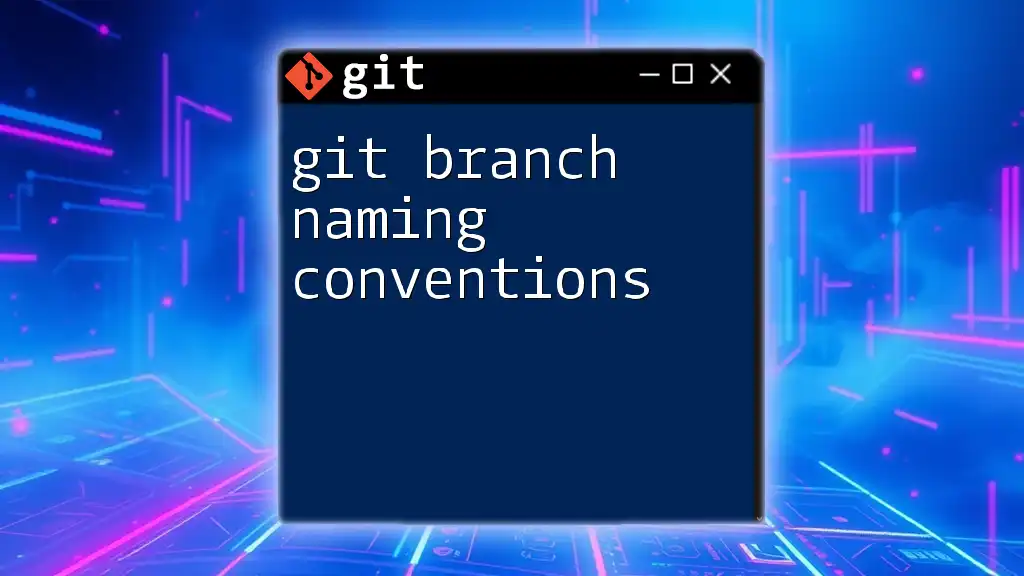
Creating and Managing Branches in Relation to "origin"
Creating a New Branch Based on Origin
Creating new branches that are based on origin is straightforward. To create and switch to a new branch based on the main branch from origin, use the following command:
git checkout -b new-feature origin/main
In this command, you are creating a new branch named new-feature and starting it from the latest version of the main branch in the remote. This ensures that you're working with the most current version of the code as you develop your feature.
Pushing Changes to "origin"
To share your locally developed changes with others, you need to push them to the origin. This is done with:
git push origin new-feature
This command uploads your committed changes to the remote repository under the branch new-feature. Always ensure your local branch is up-to-date before pushing to minimize any conflicts with changes others have made.
Deleting Remote Branches
There may come a time when you need to clean up old branches in origin. To delete a remote branch, you can use:
git push origin --delete old-feature
This command removes the old-feature branch from the remote repository. It's a good practice to delete branches that are no longer in use to keep the repository clean and manageable.
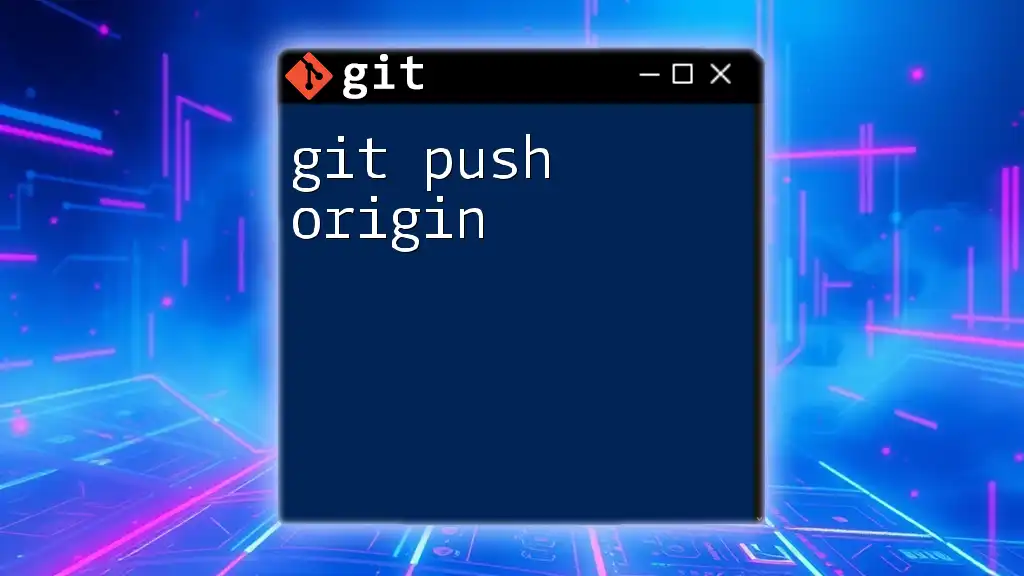
Merging Changes into "origin"
Understanding Merge Conflicts
Merge conflicts occur when two branches have competing changes on the same lines of a file, or when one branch deletes a file that the other branch has modified. When trying to merge changes from origin into your branch, it's vital to be aware that conflicts can arise.
Resolving Merge Conflicts
If you encounter a merge conflict during a merge operation, you’ll need to resolve it before proceeding. The basic steps include fetching the changes and merging them:
git merge origin/main
If there are conflicts detected, Git will highlight the files that need to be resolved. After manually resolving the conflicts in your code, you can stage the resolved files using:
git add resolved-file.txt
Finally, complete the merge with:
git commit
By properly resolving conflicts, you ensure that both your contributions and your teammates' contributions are respected in the final code output.
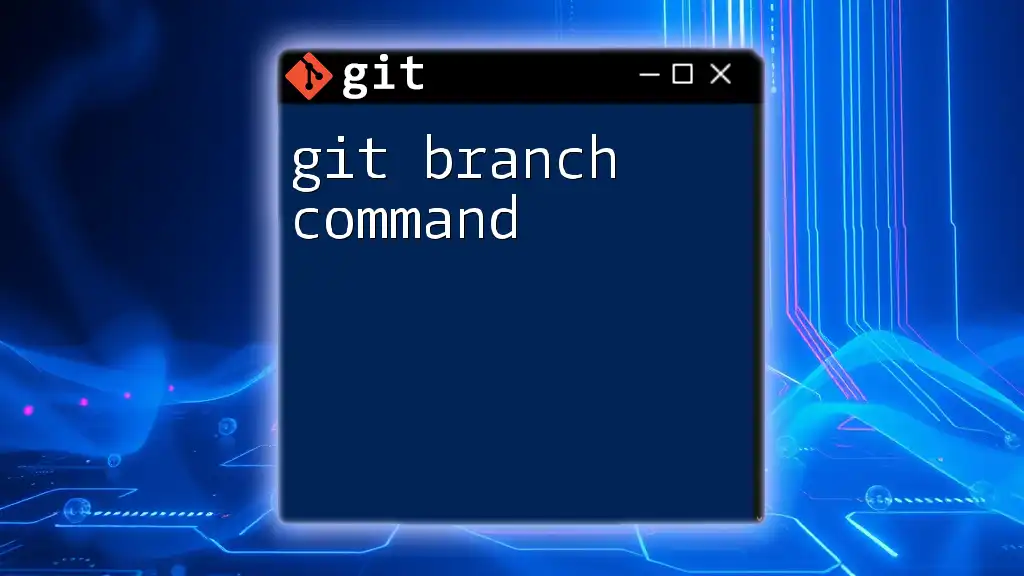
Best Practices for Working with "origin" and Branches
Naming Conventions
Creating clear and consistent naming conventions for your branches is crucial. Branch names should accurately reflect the purpose of the branch. For instance, feature branches could start with "feature/", while bug fixes might start with "bugfix/". Such organization makes it easier for teams to collaborate and navigate the repository.
Regularly Syncing with "origin"
It’s important to regularly synchronize your local branches with origin. Regularly using `git fetch` and `git pull` will help ensure that you are always working with the latest code. Keeping your local environment updated minimizes the risk of significant merge conflicts when it comes time to share your changes.
Documentation and Communication
Good documentation and team communication are vital when working in a collaborative environment. Always document the purpose and status of your branches, and share information about any new branches created in origin. This transparency can significantly enhance team productivity and reduce confusion.
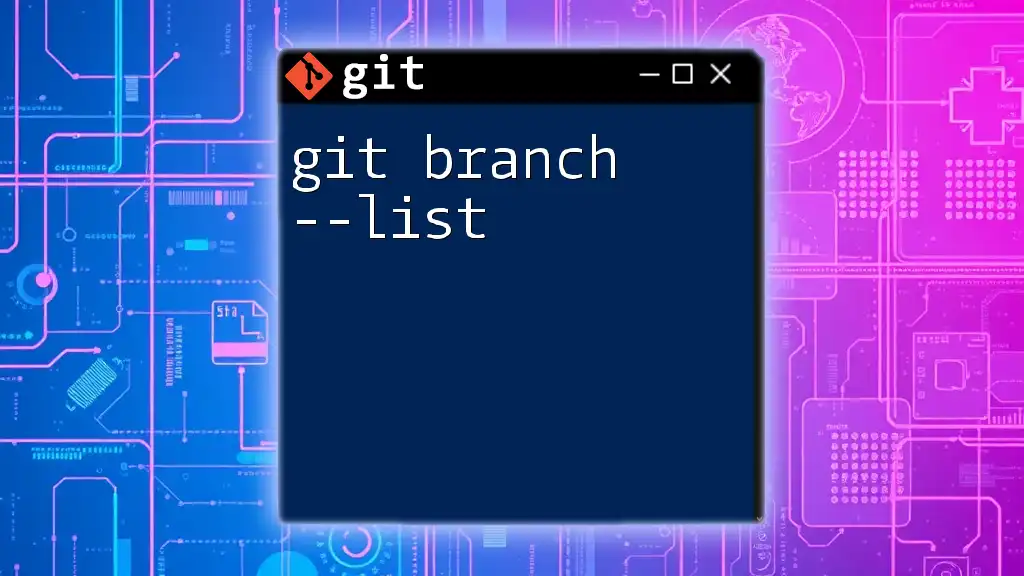
Conclusion
Understanding git branch origin is essential for effective collaboration in any development environment. By mastering branch management, syncing with remote repositories, and employing best practices, developers can work efficiently and avoid common pitfalls. Regular practice of these commands will enhance your Git skills, empowering you to handle version control with confidence.
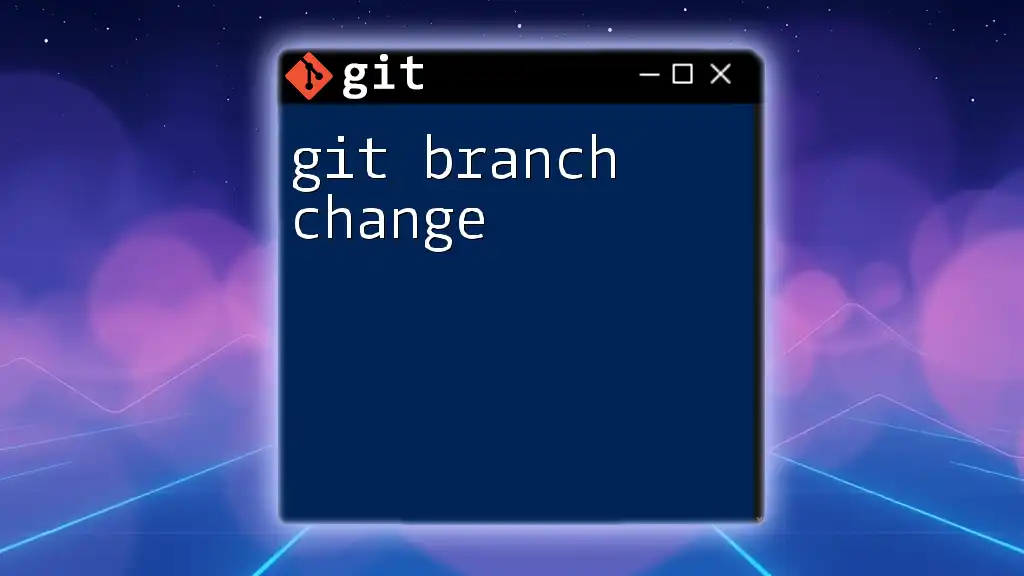
Additional Resources
For further reading, consider visiting the official [Git documentation](https://git-scm.com/doc). There are also many excellent online courses and books available to deepen your understanding of Git and collaborative software development.

